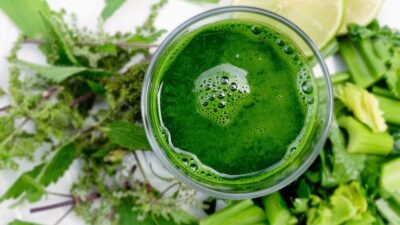Grilling is more than just a cooking method; it’s a celebration of flavor, a social gathering, and an art form. As the warm weather approaches, people everywhere dust off their grills, eager to transform raw ingredients into mouthwatering dishes. Here’s how to achieve that revered "Grill Master" status with techniques that ensure your main dishes are perfectly cooked every time.
1. Preparing Your Grill
Before you even think about what to cook, taking care of your grill is crucial. Whether you use a charcoal or gas grill, the following steps ensure that your grill is in top shape:
a. Cleanliness Matters
Start with a clean grill. A dirty grate can impart an unpleasant taste to your food. Use a stiff brush to scrub the grates while they’re still warm, and wipe them down afterward with a paper towel dipped in oil to prevent sticking.
b. Preheating
Preheat your grill to the right temperature. For searing meats, aim for a high heat (around 450-500°F). For delicate items like fish or vegetables, a medium heat works best (around 350-400°F). A hot grill helps to quickly sear the surface of your food, locking in juices and flavors.
2. Choosing the Right Ingredients
Quality ingredients can elevate your grilling game. Opt for:
a. Fresh Cuts of Meat
Choose cuts suited for grilling—ribeyes, sirloins, chicken breasts, and pork chops are great options. Don’t shy away from marinating or seasoning your meats to enhance flavors. A simple combination of olive oil, salt, pepper, and herbs makes a world of difference.
b. Seasonal Vegetables
Incorporate fresh, seasonal vegetables. Bell peppers, zucchini, and corn are outstanding choices that add flavor and color. Consider tossing them in olive oil and seasoning before grilling.
3. Mastering Cooking Techniques
Understanding various cooking techniques is essential for a grill master.
a. Direct vs. Indirect Heat
- Direct Heat: Ideal for quick-cooking foods like burgers and sausages. Place food directly over the flames or heat source.
- Indirect Heat: Best for large cuts of meat that require longer cooking times, like whole chickens or roasts. Place the food away from direct heat and allow it to cook slowly.
b. Searing
Start by searing your meat over high heat to create a flavorful crust. Aim for 3-5 minutes per side, depending on thickness. Once seared, move it to a cooler part of the grill to finish cooking. This helps retain moisture and prevents burning.
c. Flipping and Basting
Avoid excessive flipping. Turn your meat only once or twice to develop beautiful grill marks. Basting with marinades or sauces during the last few minutes of cooking adds a rich glaze and enhances flavor.
4. Understanding Doneness
Using a meat thermometer is the most accurate way to determine doneness:
- Beef: 125°F for rare, 135°F for medium-rare, 145°F for medium, and 160°F for well-done.
- Pork: Cook to an internal temperature of 145°F with a 3-minute rest.
- Chicken: Ensure poultry reaches an internal temperature of 165°F.
Letting meat rest for a few minutes before slicing allows the juices to redistribute, resulting in a more flavorful dish.
5. Adding Smoky Flavor
For those who love a touch of smokiness, consider these techniques:
a. Wood Chips
Soak wood chips in water for 30 minutes before sprinkling them on your charcoal or in a smoker box. Applewood and hickory are popular choices that pair beautifully with meats.
b. Smoking Method
Place meats in a smoker or use the indirect heat method to create a smoking chamber. Low and slow cooking will impart deep flavors and tenderness.
6. Experimenting with Sauces and Rubs
Homemade sauces and dry rubs can enhance the flavor profile of your grilled dishes. Try creating a signature barbecue sauce or a spice blend with your favorite herbs and spices for a unique twist. Apply rubs at least an hour before grilling to maximize flavor absorption.
7. Side Dishes and Pairings
Don’t forget about the sides! Grilled vegetables, baked potatoes, or a fresh salad can complement your main dish beautifully. Consider pairing with craft beers, refreshing cocktails, or homemade lemonade to elevate your outdoor dining experience.
Conclusion
Becoming a grill master is a journey that involves practice and a passion for outdoor cooking. By mastering technique, understanding ingredients, and adding your creative flair, you can serve perfectly cooked main dishes that will impress guests and create lasting memories. So fire up that grill, embrace the sizzle, and enjoy the delicious rewards of your hard work!



